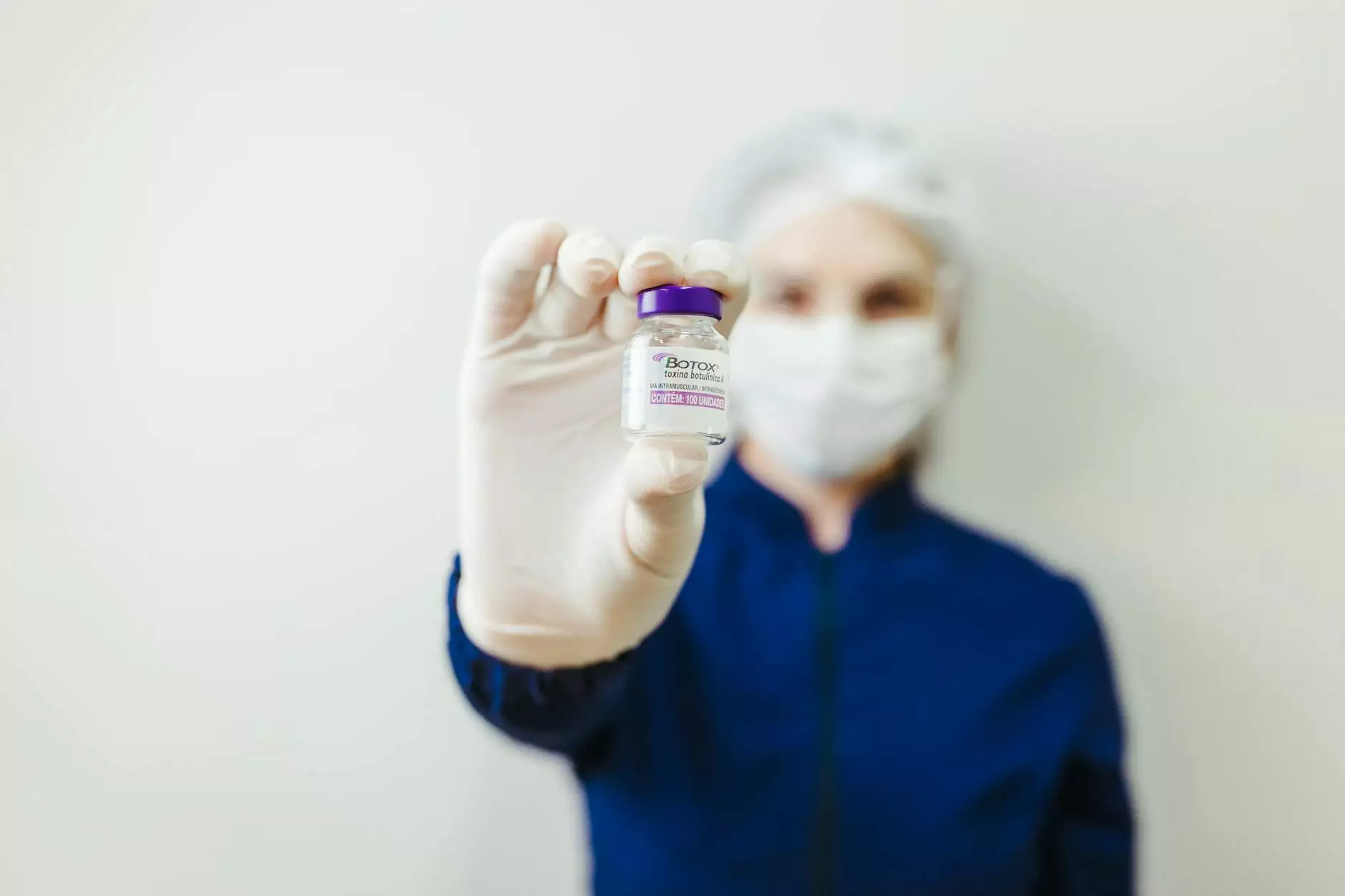Understanding Low Testosterone: Signs, Testing, and Solutions

Testosterone is a vital hormone that plays a crucial role in many bodily functions. Men and women both produce testosterone, although men generally have higher levels. In recent years, awareness around low testosterone has increased significantly, and rightly so. With increasing cases of low testosterone affecting health, well-being, and quality of life, it’s essential to ask the question: how do I know if I have low testosterone?
What is Testosterone?
Testosterone is an androgen, a type of steroid hormone that influences a range of bodily functions—from sexual health to muscle mass and bone density. Optimal testosterone levels are fundamental for:
- Maintaining energy levels
- Supporting libido and sexual function
- Building and maintaining muscle mass
- Regulating mood and cognitive function
- Enhancing bone density
Understanding Low Testosterone Levels
Low testosterone, also known as hypogonadism, occurs when the body does not produce sufficient amounts of this crucial hormone. While it is a natural part of aging, particularly after the age of 30, it can also be triggered by various factors including medical conditions, injuries, and lifestyle choices.
Causes of Low Testosterone
Several factors can contribute to low testosterone levels, including:
- Aging: Testosterone levels naturally decline with age.
- Medical Conditions: Disorders such as diabetes, obesity, and hormonal issues can affect testosterone production.
- Medications: Certain pharmaceuticals can impact hormone levels.
- Emotional Stress: Long-term stress can alter hormone balance.
- Lifestyle Factors: Poor diet, lack of exercise, and substance abuse can diminish testosterone levels.
Recognizing the Symptoms of Low Testosterone
Identifying low testosterone can be challenging, as symptoms vary widely among different individuals. Common signs include:
- Fatigue: Persistent tiredness that doesn’t improve with rest.
- Reduced Libido: A noticeable decrease in sexual desire.
- Difficulty Concentrating: Mental fatigue and memory issues.
- Muscle Loss: Noticeable decrease in strength and muscle tone.
- Weight Gain: Increased body fat, particularly around the abdomen.
- Depression: Unexplained mood swings and feelings of sadness.
Diagnosis of Low Testosterone
If you are wondering, how do I know if I have low testosterone? The first step is to consult with a healthcare professional. They will likely recommend:
- Blood Tests: A simple blood test can measure your testosterone levels. Generally, tests should be done in the morning when levels are highest.
- Medical History Review: Discussion of your symptoms and medical background.
- Physical Examination: A thorough examination to check for signs of low testosterone.
Treatment Options for Low Testosterone
If diagnosed, several treatment options are available to help manage low testosterone levels effectively:
1. Lifestyle Modifications
Making certain lifestyle changes can significantly improve testosterone levels. Consider the following:
- Regular Exercise: Incorporating strength training and high-intensity interval training can boost testosterone.
- Balanced Diet: Consuming a nutrient-rich diet that includes healthy fats, lean proteins, and plenty of fruits and vegetables can enhance hormone production.
- Weight Management: Maintaining a healthy weight is crucial, as obesity is linked to lower testosterone levels.
- Quality Sleep: Aim for 7-9 hours of quality sleep each night.
- Stress Reduction: Engage in stress-reducing activities such as yoga, meditation, or hobbies.
2. Hormone Replacement Therapy (HRT)
For more severe cases of low testosterone, hormone replacement therapy may be recommended. This can include:
- Testosterone Injections: Administered regularly, these injections can increase testosterone levels effectively.
- Transdermal Patches: Applying patches that release testosterone into the bloodstream.
- Gels: Testosterone gel applied to the skin can provide a steady release of the hormone.
3. Medications and Supplements
In some instances, prescription medications or supplements may be used to address underlying issues contributing to low testosterone. Always consult a healthcare provider before starting any medication or supplement.
Conclusion
Understanding low testosterone and recognizing its symptoms is vital for maintaining overall health and well-being. If you are experiencing symptoms indicative of low testosterone, the first step is to ask yourself, how do I know if I have low testosterone?
Seek advice from healthcare professionals who can provide you with the appropriate testing and treatment options. With lifestyle changes and medical intervention if necessary, many individuals find success in managing their testosterone levels. Whether you’re looking for information at australian-pharmacy.net or another reliable source, the essential takeaway is that help is available, and you don’t have to navigate this condition alone.
Further Reading and Resources
For those interested in learning more about testosterone and its effects, consider exploring the following resources:
- Men's Health Foundation: Offers insights on testosterone-related health issues.
- American Urological Association: Provides guidelines on testosterone therapy.
- National Institutes of Health: Research and information on hormonal health.









